François Boucher
Paintings
Brown Odalisque
The Toilet of Venus
Diana Resting after her Bath
Joseph Presenting His Father and Brothers to the Pharaoh
Allegory of Music
Allegory of Painting
The Love Letter
The Sleep of Venus
Shepherd and Shepherdess
The Triumph of Venus
River Landscape with an Antique Temple
Angelica and Medoro
Les Sabots
The Four Seasons. Winter
The Four Seasons. Autumn
Hercules and Omphale
La Cible d'Amour
Cupids in Conspiracy
The Dispatch of the Messenger
Venus Asking Vulcan for Arms for Aeneas
The Education of Cupid
Mercury Entrusting the Infant Bacchus to the Nymphs of Nysa
Rinaldo and Armida
Madame Bergeret
The Fountain of Venus
Music and Dance
Head of a Young Woman
Sleeping Bacchantes surprised by Satyrs
Pan and Syrinx
The Landscape Painter
The Interrupted Sleep
A River Landcscape With A Woman Crossing A Bridge And Three Men In A Boat On The River Below
The Little Pilgrim
River Landscape with Ruin and Bridge
Jupiter in the Guise of Diana and Callisto
The Little Alchemist or an Allegory of Chemistry
La toilette
Diana and Callisto
Hunting Nymphs
Venus disarming Cupid
Hagar and Ishmael in the desert with the angel
Shepherd's Idyll
Washerwomen
Shepherd Girl

Joseph Presenting His Father and Brothers to the Pharaoh
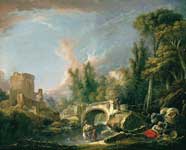
River Landscape with Ruin and Bridge
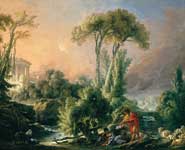
River Landscape with an Antique Temple




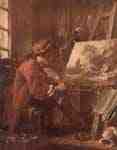
The painter in his studio , self-portrait

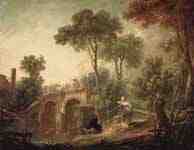
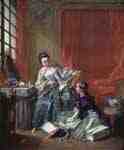
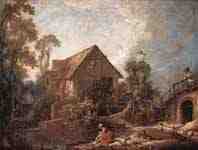
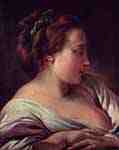
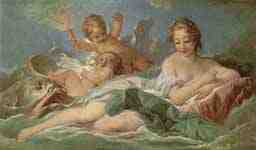
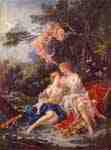
Jupiter and Callisto
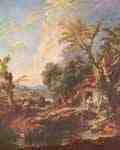
Landscape with the brother Lucas
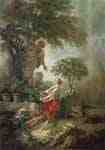
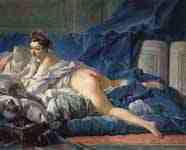
Odalisque

Odalisque , detail
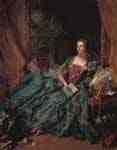
Portrait of Madame de Pompadour
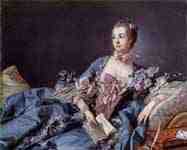
Portrait of Madame de Pompadour

Portrait of Madame de Pompadour
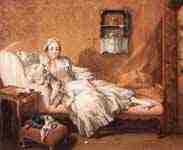
Portrait of Marie -Jeanne Buseau
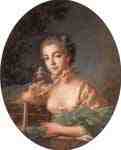
Portrait of the artist's daughter, Oval
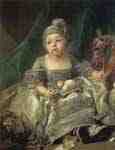
Portrait of Louis Philippe Joseph
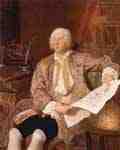
Portrait of the Swedish ambassador C. G. Tessin
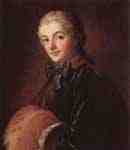
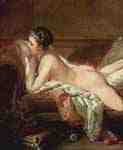
Reclining Girl , detail ( Mademoiselle O'Murphy )
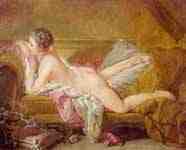
Reclining Girl ( Mademoiselle O'Murphy )
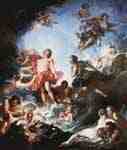
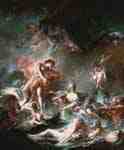

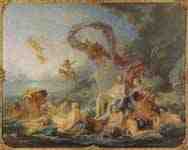
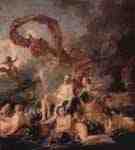
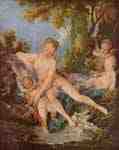
Drawings
Danae Receiving the Golden Shower
Atreus showing his Brother Thyestes the Heads of his own Children whose Bodies he had unwittingly ea
Venus
Reclining Nymph
A Nude Woman Reaching to the Right
Reclining female nude to the right
Venus Reclining on a Dolphin
Study of a young Chinese woman
Study of a seated young female nude extending her hands to her right foot
Two children beside a basin of water
Study of a Young Woman Bust length seen from below
The Virgin and Child
Christ and the Woman Taken in Adultery
Juno Asking Aeolus to Release the Winds
Aurora
Reclining Female Nude
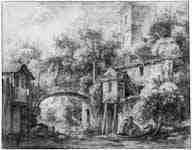
Architectural capriccio with the mill of Quiquengrogne at Cgarenton

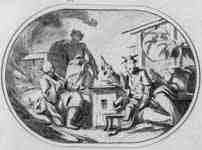
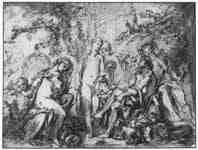
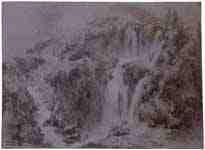
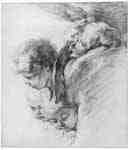
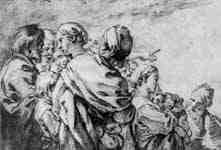
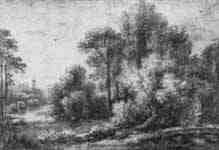
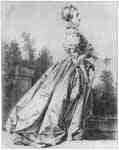
Woman in profile , going to the right

Woman seen from behind with fan
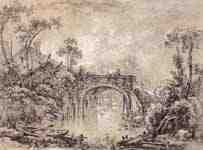

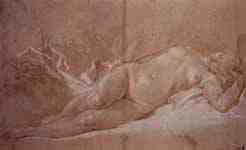

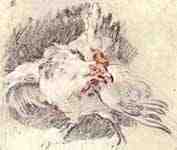
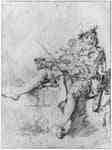
Fine Art Prints | Greeting Cards | Phone Cases | Lifestyle | Face Masks | Men's , Women' Apparel | Home Decor | jigsaw puzzles | Notebooks | Tapestries | ...
François Boucher (French pronunciation: [fʁɑ̃swa buʃe]) (29 September 1703 – 30 May 1770) was a French painter in the Rococo style. Boucher is known for his idyllic and voluptuous paintings on classical themes, decorative allegories, and pastoral scenes. He was perhaps the most celebrated decorative artist of the 18th century. He also painted several portraits of his patroness, Madame de Pompadour. A native of Paris, Boucher was the son of a minor painter Nicolas Boucher, who gave him his first artistic training. At the age of seventeen, a painting by Boucher was admired by the painter François Lemoyne. Lemoyne later appointed Boucher as his apprentice, but after only three months, he went to work for the engraver Jean-François Cars. In 1720, he won the elite Grand Prix de Rome for painting, but did not take up the consequential opportunity to study in Italy until five years later, due to financial problems at the Académie royale de peinture et de sculpture. On his return from studying in Italy he was admitted to the refounded Académie de peinture et de sculpture on 24 November 1731. His morceau du reception (reception piece) was his Rinaldo and Armida of 1734.

Portrait of François Boucher (1703-1770), Gustaf Lundberg
Boucher became a faculty member in 1734 and his career accelerated from this point as he was promoted Professor then Rector of the Academy, becoming head of the Royal Gobelins Manufactory in 1755 and finally Premier Peintre du Roi (First Painter of the King) in 1765.
Boucher died on 30 May 1770 in his native Paris. His name, along with that of his patron Madame de Pompadour, had become synonymous with the French Rococo style, leading the Goncourt brothers to write: "Boucher is one of those men who represent the taste of a century, who express, personify and embody it."
Boucher is famous for saying that nature is "trop verte et mal éclairée" (too green and badly lit).[3]
Boucher was associated with the gemstone engraver Jacques Guay, whom he taught to draw. Later Boucher made a series of drawings of works by Guay which Madame de Pompadour then engraved and distributed as a handsomely bound volume to favored courtiers.[4] The neoclassical painter Jacques-Louis David began his painting instruction under Boucher.
Painting
The Secret Message
Reflecting inspiration gained from such artists as Peter Paul Rubens and Antoine Watteau, Boucher's early works celebrate the idyllic and tranquil portrayal of nature and landscape with great elan. However, his art typically forgoes traditional rural innocence to portray scenes with a definitive style of eroticism as his mythological scenes are passionate and intimately amorous rather than traditionally epic. Marquise de Pompadour (mistress of King Louis XV), whose name became synonymous with Rococo art, was a great admirer of his work.
Boucher's paintings such as The Breakfast (1739), a familial scene, show how he was as a master of the genre scene, where he regularly used his own wife and children as models. These intimate family scenes are contrasting to the licentious style seen in his Odalisque portraits.
The dark-haired version of the Odalisque portraits prompted claims by the art critic Denis Diderot that Boucher was "prostituting his own wife", and the Blonde Odalisque was a portrait that illustrated the extramarital relationships of the King. Boucher gained lasting notoriety through such private commissions for wealthy collectors and, after Diderot expressed his disapproval, his reputation came under increasing critical attack during the last years of his career.
Theatrical and tapestry designs
Diana and Callisto, 1759
Along with his painting, Boucher also designed theater costumes and sets, and the ardent intrigues of the comic operas of Charles Simon Favart closely paralleled his own style of painting. Tapestry design was also a concern. For the Beauvais tapestry workshops he first designed a series of Fêtes italiennes ("Italian festivals") in 1736, which proved to be very successful and often rewoven over the years, and then, commissioned in 1737, a suite of the story of Cupid and Psyche.[5] During two decades' involvement with the Beauvais tapestry workshops Boucher produced designs for six series of hangings in all, like the tapestry showing Psyche and the Basketmaker from 1741–1742. Only his appointment in 1755 as director of the rival Gobelins tapestry terminated the association.
Boucher was also called upon for designs for court festivities organized by that section of the King's household called the Menus-Plaisirs du Roi and for the opera and for royal châteaux Versailles, Fontainebleau and Choisy. His designs for all of the aforementioned augmented his earlier reputation, resulting in many engravings from his work and even reproduction of his designs on porcelain and biscuit-ware at the Vincennes and Sèvres factories.
References
"François Boucher", Oxford Art Online
Levey, Michael. (1993) Painting and sculpture in France 1700-1789. New Haven: Yale University Press, p. 164. ISBN 0300064942
Houssaye, Arsène (1843). "Boucher et la peinture sous Louis XV". Revue des deux mondes. n. s. 3: 70–98. p. 86 (citing a letter to Nicolas Lancret).
Leturcq, Jean François (1873). Notice sur Jacques Guay, graveur sur pierres fines du roi Louis xv. Documents émanant de Guay, et notes sur les œuvres de gravure en taille-douce et en pierres fines de la marquise de Pompadour. pp. 10–12. Retrieved 2014-08-24.
Kathryn B. Hiesinger, "The Sources of François Boucher's 'Psyche' Tapestries" Philadelphia Museum of Art Bulletin 72 No. 314 (November 1976), pp. 7-23.
----
Fine Art Prints | Greeting Cards | Phone Cases | Lifestyle | Face Masks | Men's , Women' Apparel | Home Decor | jigsaw puzzles | Notebooks | Tapestries | ...
----
Artist
A - B - C - D - E - F - G - H - I - J - K - L - M -
N - O - P - Q - R - S - T - U - V - W - X - Y - Z
Retrieved from "http://en.wikipedia.org/"
All text is available under the terms of the GNU Free Documentation License



































































